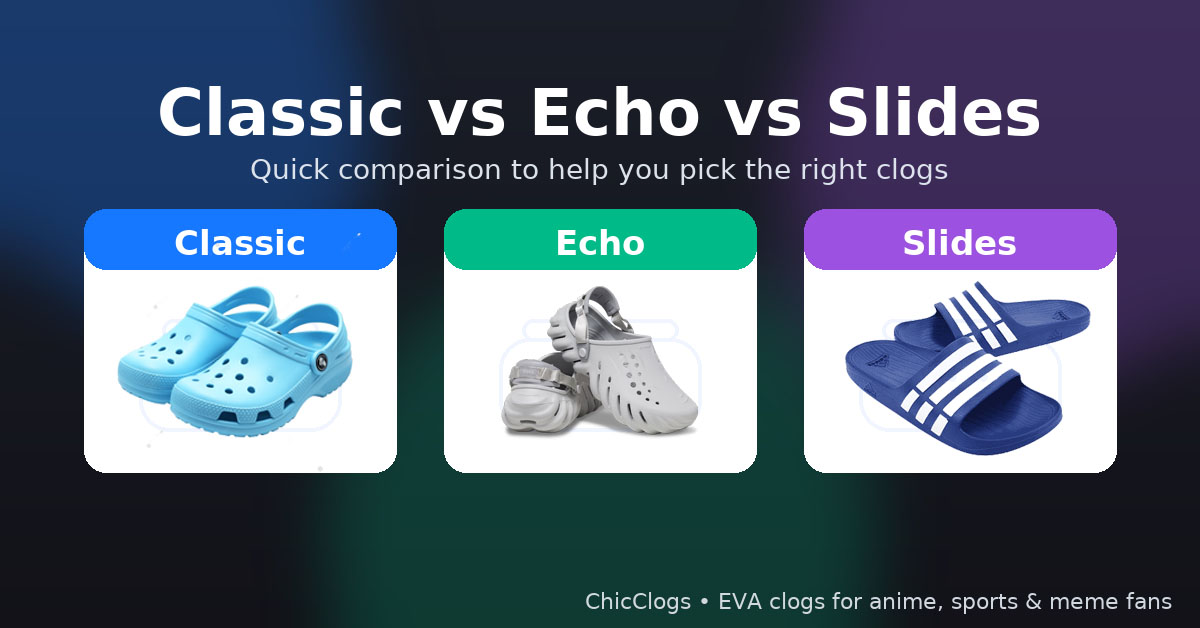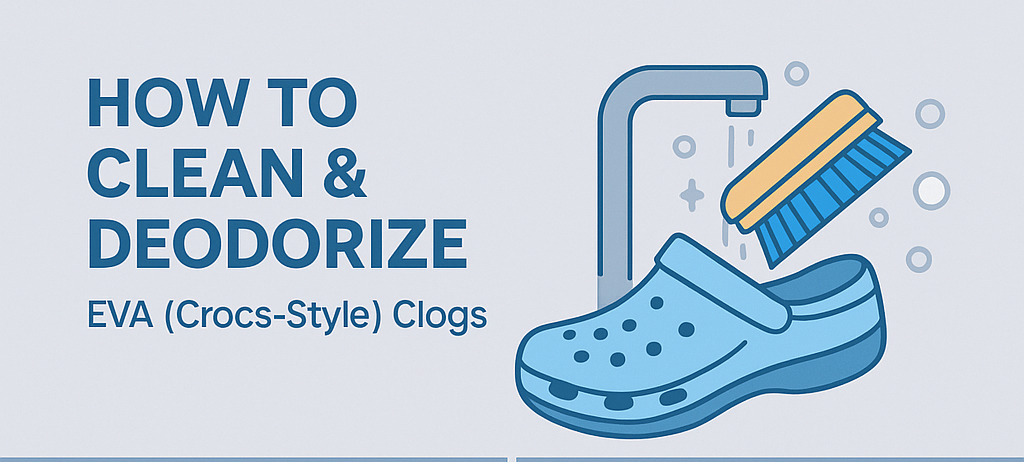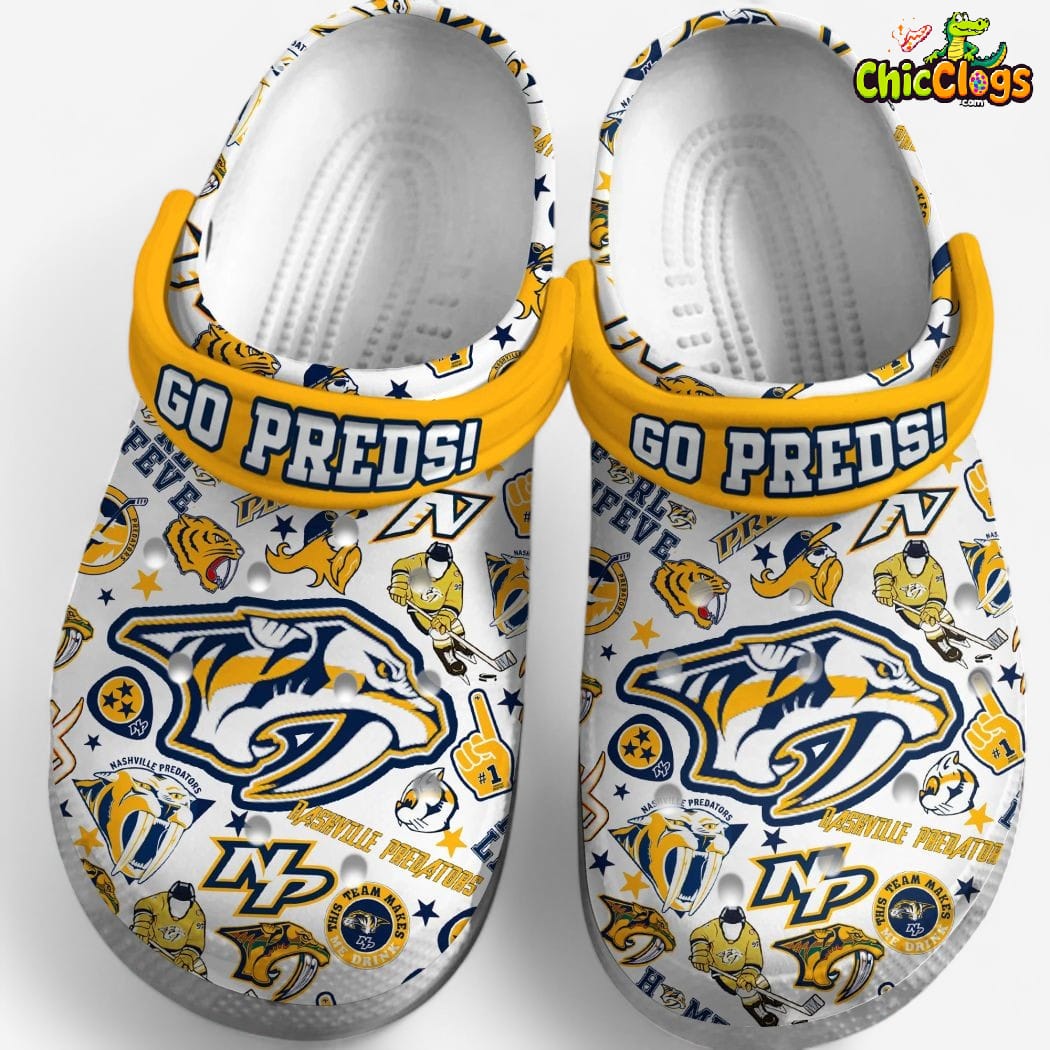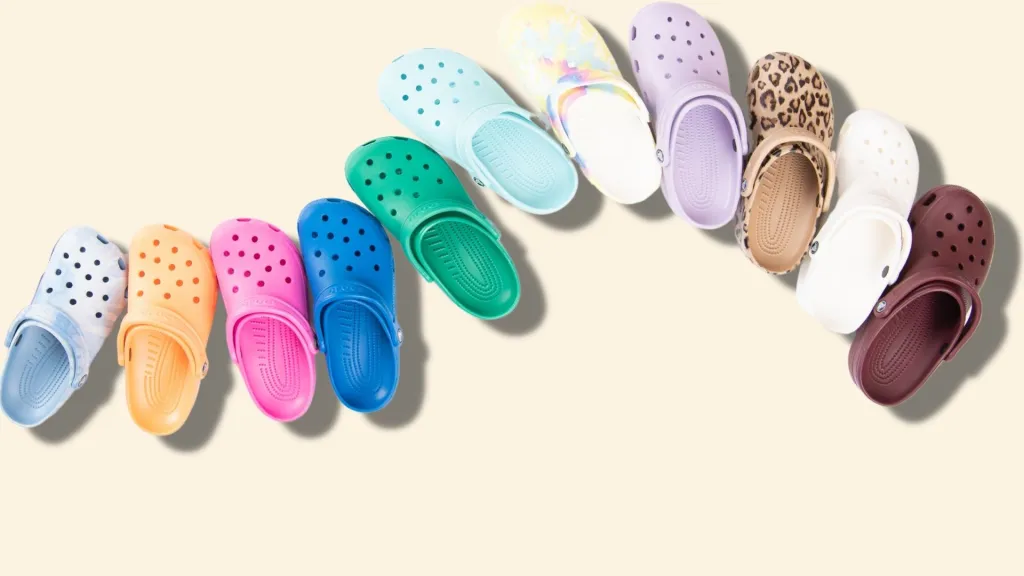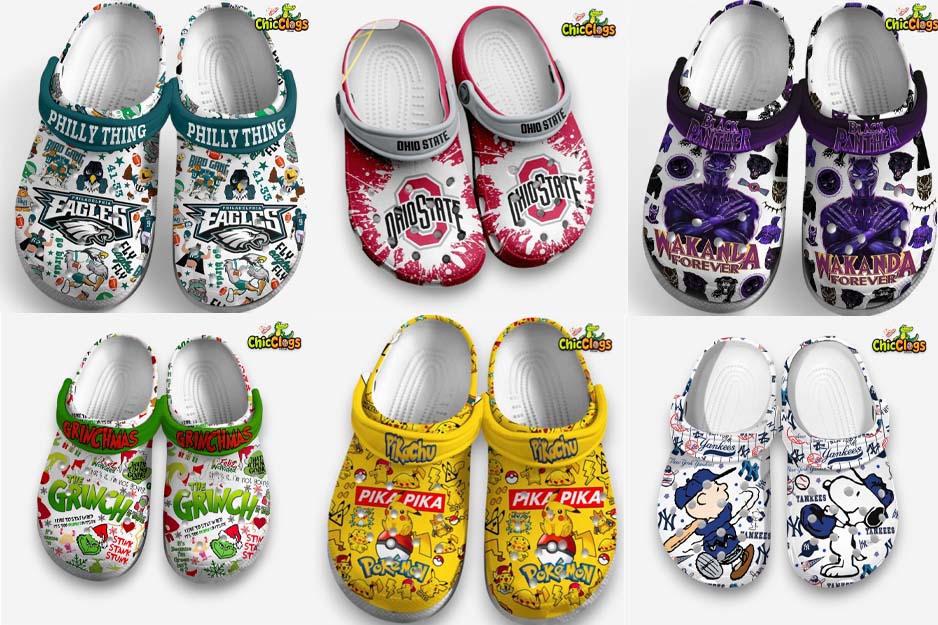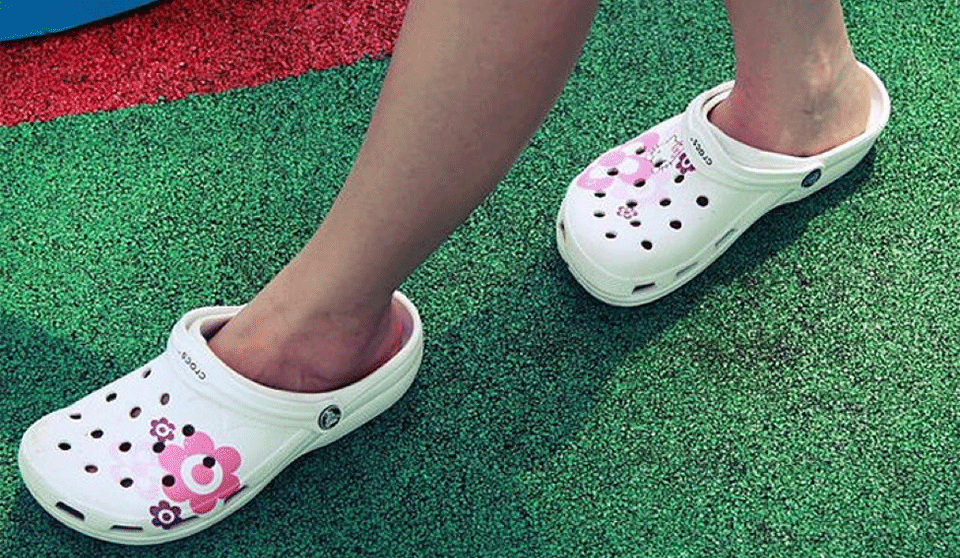Crocs: From “Worst Invention” to a Multi-Billion Dollar Phenomenon
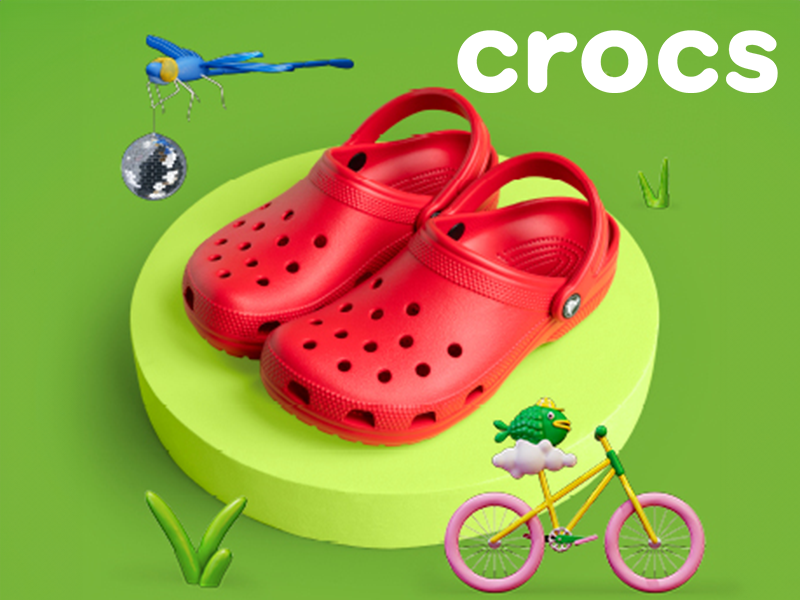
In the world of fashion, few products have sparked as much debate as Crocs. Once ridiculed and even named among Time Magazine’s “50 Worst Inventions”, these foam clogs have defied critics to become a global footwear powerhouse worth billions.
Love them or hate them, Crocs are no longer just quirky garden shoes – they are a cultural icon, a fashion statement, and a booming business. In 2024 alone, the company reported record revenues of $4.1 billion, up around 4% from 2023. So how did a so-called “ugly shoe” end up reshaping modern footwear culture?
The Humble Origins of Crocs
Crocs were born in 2002 after three friends – Scott Seamans, Lyndon Hanson, and George Boedecker Jr. – discovered a quirky boat shoe made by Canadian company Foam Creations. Crafted from Croslite™, a lightweight and odor-resistant resin, the design was practical, slip-resistant, and equally useful on land or in water.

The inspiration for the name came from the crocodile – an animal that thrives in both environments. Despite their clunky look, the shoes quickly found fans among chefs, nurses, gardeners, and kids. What started as a functional shoe soon caught the attention of celebrities like Oprah, Jennifer Garner, and even Michelle Obama.
From Ugly to Iconic
Despite their utility, Crocs were often mocked for their appearance. Director Mike Judge famously used Crocs in his satirical film Idiocracy (2006), explaining that the costume designer chose them because they were “ugly plastic shoes nobody in their right mind would wear.” In 2010, Time placed Crocs on its list of the “50 Worst Inventions.”
But negative press only fueled curiosity. Fashion historian Elizabeth Semmelhack observed that while Crocs weren’t “trendy,” they were celebrated as fun, unique, and unlike anything else on the market. That uniqueness became their biggest strength.
The Celebrity and High-Fashion Boost
By the late 2010s, Crocs began reinventing themselves. In 2017, luxury designer Christopher Kane collaborated with the brand, transforming the simple clog into a runway-ready item. Soon after, Balenciaga shocked the fashion world by releasing platform Crocs priced at $850.

Other high-profile collaborations followed: Liberty London, Takashi Murakami, Post Malone, Justin Bieber, SZA, Bad Bunny, and even brands like KFC, Barbie, General Mills, and Benefit Cosmetics. Each partnership reintroduced Crocs to new audiences and fueled the hype.
On TikTok, the hashtag #Crocs has racked up more than 9.6 billion views, proving that the shoes are as much about self-expression as they are about comfort.
The Power of Personalization
One of Crocs’ most successful innovations wasn’t the shoe itself – it was Jibbitz. In 2005, stay-at-home mom Sheri Schmelzer created decorative charms that fit into Crocs’ signature holes. A year later, Crocs acquired her company for $10 million.
Jibbitz turned Crocs into a customizable canvas for individuality. Fans now decorate their clogs with charms, chains, and DIY accessories. Social media creators have embraced this, posting viral videos of personalized Crocs for holidays, fandoms, or just everyday style. This keeps the brand relevant among younger consumers who value uniqueness.
From Backlash to Brand Strategy
Crocs’ journey hasn’t always been smooth. The company nearly collapsed during the 2008 recession and again in 2012 when international sales slumped. Beyond financial setbacks, Crocs had to deal with a massive group of “anti-fans.”
In 2017, Crocs flipped criticism into a brand asset. With campaigns featuring Drew Barrymore and John Cena, the company leaned into its image: “Yes, we’re ugly – but we’re unique.” This candid, self-aware positioning resonated with loyal fans who saw Crocs as a symbol of individuality.
The results were immediate: revenue grew 6% in 2018 and 13% in 2019.
The Pandemic Boom
When the world shifted to comfort-first fashion during the COVID-19 pandemic, Crocs became a must-have. Alongside other “ugly-but-comfy” shoes like Birkenstocks and Uggs, Crocs surged in popularity.
Between 2019 and 2022, sales jumped by over 200%. For many consumers, Crocs went from being a guilty pleasure to an everyday essential. Influencers who once mocked them proudly showed off their collections.
A Polarizing but Profitable Future
Even today, Crocs remain divisive. Fashion icons like Naomi Campbell and Dua Lipa have openly criticized them, while others, from Ariana Grande to Kendall Jenner, wear them proudly.
But the numbers are undeniable. In 2024, Crocs posted $4.1 billion in revenue, delivered diluted EPS of $15.88 (up 24%), and generated nearly $1 billion in operating cash flow. The company also repurchased more than $550 million of its own shares and reduced debt by about $320 million.
The Crocs brand alone grew nearly 9% year-over-year, while its acquired sub-brand HeyDude faced a ~13% decline. Operating margins for 2024 came in around 24.9%, reflecting the balance between expansion and profitability.
Crocs may have started as a so-called “bad invention,” but its evolution proves a powerful truth: in fashion, being unforgettable is often more valuable than being beautiful.

